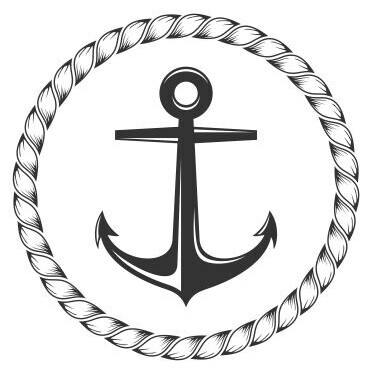- This topic has 1 reply, 1 voice, and was last updated 5 years, 1 month ago by
icedcappucino.
-
AuthorPosts
-
20/04/2020 at 00:51 #574
IMO 2020 SHIP IMPLEMENTATION PLAN
1) Risk assessment and mitigation plan (impact of new fuels)
– Capability of fuel injection pumps, boiler, purifier = Verify machinery performance on new fuel oil. If needed, change machinery components
– Compatibility of different fuels during bunker or changeover = Carry out test and segregate different fuels
– Sulphur non-compliant if compliant fuels not available
– Crew preparedness = Training for changeover procedure2) F.O system modifications and tank cleaning (if needed)
– Schedule meeting with manufacturers and/or class societies
– Any structural modifications required? Such as F.O storage system, transfer, filtration and delivery systems, combustion equipment
+ Consider replacing fuel injection pump plunger barrel and fuel injection valve nozzles due to increased F.O leakage
– Tank cleaning3) Fuel oil capacity and segregation capability
0.5% sulphur content = No. of bunker tanks and total storage capacity (m3)
0.1% sulphur content = No. of bunker tanks and total storage capacity (m3)
– Approx. total fuel oil content (m3) in F.O transfer, purification and delivery system4) Procurement of compliant fuel oil
– Fuel purchasing procedure to source for compliant fuels and plan if compliant F.O not available5) Fuel oil changeover plan
– Ship specific plan
+ Offload or consume HSHFO
+ Demonstrate planning for all combustion units on LSFO by 1 Jan 2020
+ Maximum time period required for changeover & expected date and time of completion
+ Crew training, sufficient time for new crew familiarisation6) Documentation and reporting
– Any modifications done? Update related docs (e.g. F.O tank management plans and stability and trim booklets)
– Ship implementation plan kept onboard and updated
– If using non-compliant oil, plan for limiting impact (Fuel Oil Non Availability Report = FONAR)—
TANK CLEANING
CAUSE: HSHFO causes residues (sediments + sludge) in tanks and pipelines
EFFECT: 0.5% sulphur content fuel (paraffinic) + HSHFO residues = residues clog up purifier & filters -> fuel starvation
SOLUTION:
– Ship specific changeover procedures to gradually flush F.O system = reduce sulphur content
– Tank cleaning depends on last cleaning date, condition of tank coating, cleaning process effectiveness -
AuthorPosts
- You must be logged in to reply to this topic.
